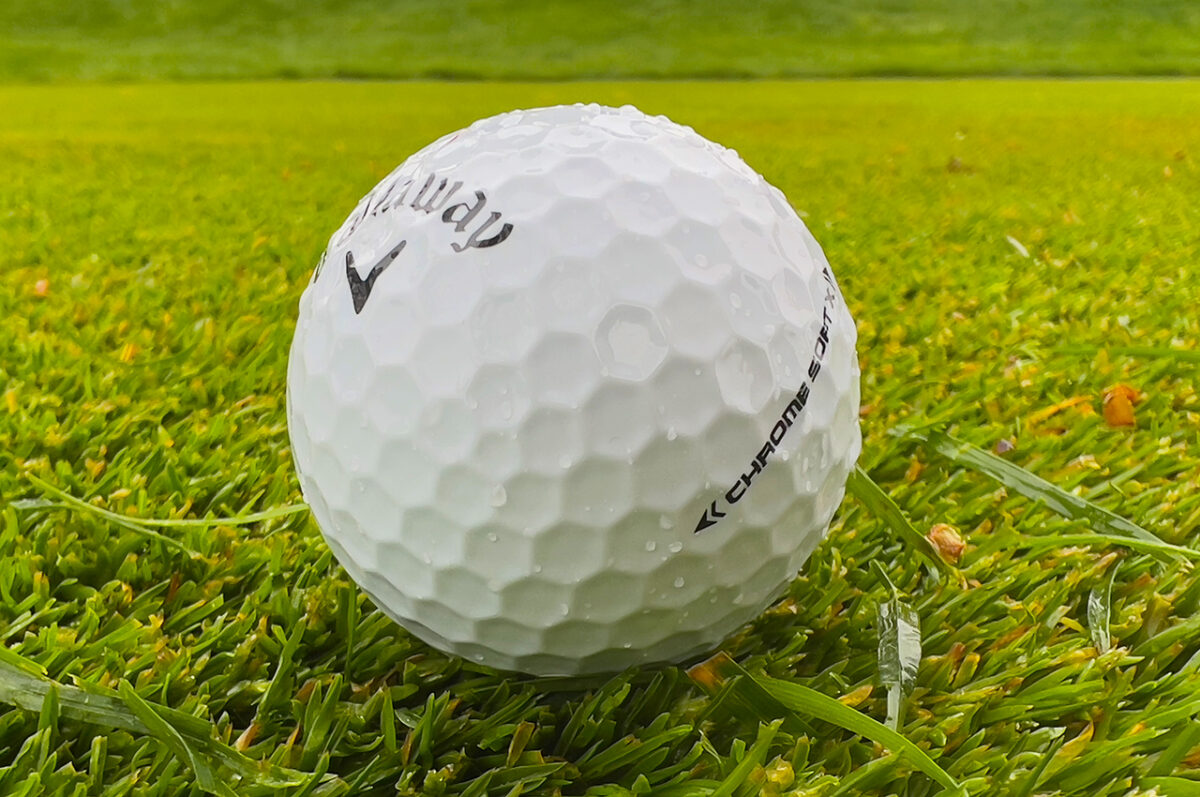[anyclip-media thumbnail=”https://cdn5.anyclip.com/qWppfo8BnHikCJsC_ele/1715813133204_248x140_thumbnail.jpg” playlistId=”undefined” content=”PHNjcmlwdCBzcmM9Imh0dHBzOi8vcGxheWVyLnBvcHRvay5jb20vYW55Y2xpcC13aWRnZXQvbHJlLXdpZGdldC9wcm9kL3YxL3NyYy9scmUuanMiIGRhdGEtYXI9IjE2OjkiIGRhdGEtcGxpZD0ib2ZseGE0ZGduNDRlZTNzaW5mdnVnc3R0aW5wd2szZGYiIHB1Ym5hbWU9IjE5OTgiIHdpZGdldG5hbWU9IjAwMTZNMDAwMDJVMEIxa1FBRl9NODMyNyI+Cjwvc2NyaXB0Pgo8c2NyaXB0IHR5cGU9ImFwcGxpY2F0aW9uL2xkK2pzb24iIG5hbWU9ImFjLWxyZS1zY2hlbWEiPgogewogICJAY29udGV4dCI6Imh0dHBzOi8vc2NoZW1hLm9yZyIsCiAgIkB0eXBlIjoiVmlkZW9PYmplY3QiLAogICJuYW1lIjoiMjAyNCBQR0EgQ2hhbXBpb25zaGlwIFByZXZpZXciLAogICJkZXNjcmlwdGlvbiI6IlRoZSB2aWRlbyBkaXNjdXNzZXMgdGhlIHVwY29taW5nIDIwMjQgUEdBIENoYW1waW9uc2hpcCBhdCBWYWxoYWxsYSBHb2xmIENsdWIuIFRoZSBjb3Vyc2UgaXMgbG9uZyBhbmQgY2hhbGxlbmdpbmcsIHdpdGggc21hbGwgZ3JlZW5zIGFuZCBoaWdoIHJvdWdoLiBSb3J5IE1jSWwuLi4iLAogICJkdXJhdGlvbiI6IlBUMk01Mi40NjdTIiwKICAidGh1bWJuYWlsVXJsIjoiaHR0cHM6Ly9zdHJlYW0uZ2VuaXVzcGx1cy5haS9xV3BwZm84Qm5IaWtDSnNDX2VsZS8xNzE1ODEzMTMyOTc3XzQ4MHgyNzBfdGh1bWJuYWlsLmpwZyIsCiAgInVwbG9hZERhdGUiOiIyMDI0LTA1LTE1VDIyOjQwOjI2LjQ2MloiLAogICJpbnRlcmFjdGlvblN0YXRpc3RpYyI6ewogICAiQHR5cGUiOiAiSW50ZXJhY3Rpb25Db3VudGVyIiwKICAgImludGVyYWN0aW9uVHlwZSI6IHsgIkB0eXBlIjogImh0dHA6Ly9zY2hlbWEub3JnL1dhdGNoQWN0aW9uIiB9LAogICAidXNlckludGVyYWN0aW9uQ291bnQiOiAwCiAgfQogfQogPC9zY3JpcHQ+”][/anyclip-media]
LOUISVILLE, Ky. – Overnight rains in the Bluegrass State had already softened Valhalla Golf Club before a late-morning storm dropped more water on the course and sent players, caddies and fans at the 2024 PGA Championship scurrying for shelter. The waves of rain are just the first taste of what forecasters predict is coming this week to the Louisville area, so if you are a fan of firm and fast courses, you won’t be happy.
Recreational golfers hate playing in rainy, wet conditions because they typically don’t prepare for the weather, and they don’t understand the necessary adjustments they need to make in order to play well in the rain. On the other hand, pros and elite players like those in the field at the PGA Championship start to salivate when a soft rain falls. Wind spooks the game’s best players because it adds unpredictability, but armed with good rain gear, an umbrella-carrying caddie loaded, a supply of dry towels and experience, pros look at rain-softened golf courses like kids eye chocolate chip cookies when they come out of the oven.
Below is a brief description of what water does to golf equipment and the course, and how players at the PGA Championship will likely compensate and adapt to the wet conditions we anticipate seeing at Valhalla this week.
PGA CHAMPIONSHIP: How to watch | Tournament hub
Off the tee
Wet golf courses effectively play longer and broader off the tee because, after a drive shot lands in the fairway, it typically does not roll very far. In fact, in rainy conditions, tee shots often hit the ground and either stop inches from where they land or even pop up and backward a foot or two. If a course is very wet, a tee shot might even embed in the fairway.

The result of the softened condition is that a tee shot that might land in the fairway and roll into the rough will often stay in the fairway in wet conditions. Yes, players will lose some distance, but they will frequently hit more fairways.
In some cases, golfers may opt to add some loft to their driver in hopes of getting more carry distance in wet conditions.
The one thing that pros and caddies work hard to avoid is letting the golf ball get wet before the player hits his tee shot. In a steady rain, caddies frequently hold an umbrella over a teed golf ball, keeping it as dry as possible while the player goes through his pre-shot routine. A wet ball can slide up the face of a driver, which reduces spin and increases the launch angle, effectively turning a controlled tee shot into a high knuckleball. The drier the ball, the more it can be controlled.
From the fairway
The last time Valhalla Golf Club hosted the PGA Championship, the fairways were bentgrass, but the club switched to Zeon Zoysia grass, a soft-textured, thin-bladed variety that can handle the hot Kentucky summer and is known for its shade and drought tolerance.

Golfers can’t pick up a ball and dry it off in wet conditions, so judging how a wet ball will react from the Zoysia fairway – and how it might react when hitting from the rough – will be a handy skill. Here are three guidelines:
- If the ball is perched in wet rough, players can anticipate making contact higher in the face, which reduces spin and often leads to a higher launch angle.
- If the ball is hit from the fairway or the collar and players make contact in the sweet spot, but excessive water gets between the ball and the hitting area, the ball often slides up the face. This is commonly referred to as a ‘flier lie’ because the ball often goes farther than a player anticipates.
- All things being equal, iron shots will not fly as far when it is raining because moist, humid air is more dense than dry air, and that creates more aerodynamic drag. The longer the shot, the more significant the effect.
Around the green
It seems appropriate that the rough surrounding the greens at Valhalla is Bluegrass, a broad-leafed grass that can create some unique lies. Depending on how a player’s shot enters the rough, it may sit up or drop down between the broad blades of grass.

On chip shots and pitch shots in wet conditions, water on the hitting area or the ball makes it harder for the grooves to bite into the ball’s cover and create spin. Balls often slide up the face, and like iron shots from the fairway, shots often pop up more quickly and land short of a player’s intended target with less spin. Fresh wedges with sharp grooves can help, and clean grooves can get water off the hitting area more effectively than grooves that are filled with dirt, sand or debris, but the effect of water and grass on the face is almost unavoidable.
Ironically, after the rain stops, rain-softened greens can amplify the effects of spin on approach shots because the water creates friction. If a hole is located in the back of the green, players who generate a lot of spin on their short irons and wedges often get frustrated seeing shots land near the flag and peal backward, away from the hole.
In bunkers, wet sand tends to get clumpy, but balls tend to sit on top of the sand. Accomplished players can generate a lot of spin from rain-softened bunkers, so if a player is going to miss a green, finding the sand instead of the rough is often the goal.
Putting
Putters are not affected by rain because putting strokes are slower than full swings. However, rain slows the speed of the greens because the water on the putting surface creates friction. Rain can also subtly decrease the effect of breaks and undulations on the green.
[lawrence-auto-related count=1 tag=1779]
